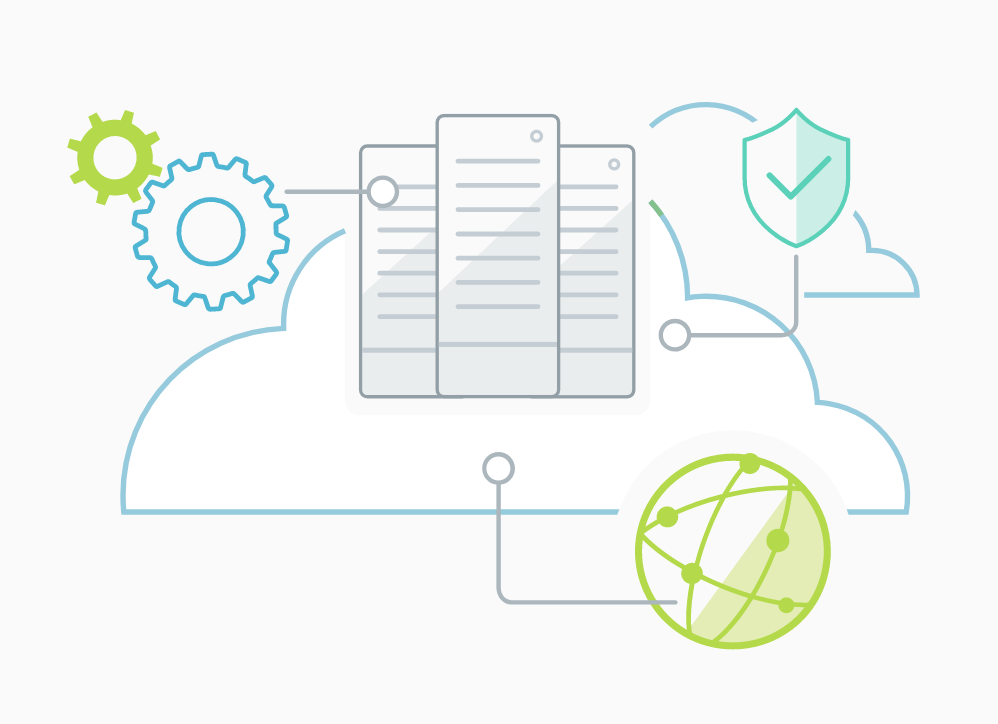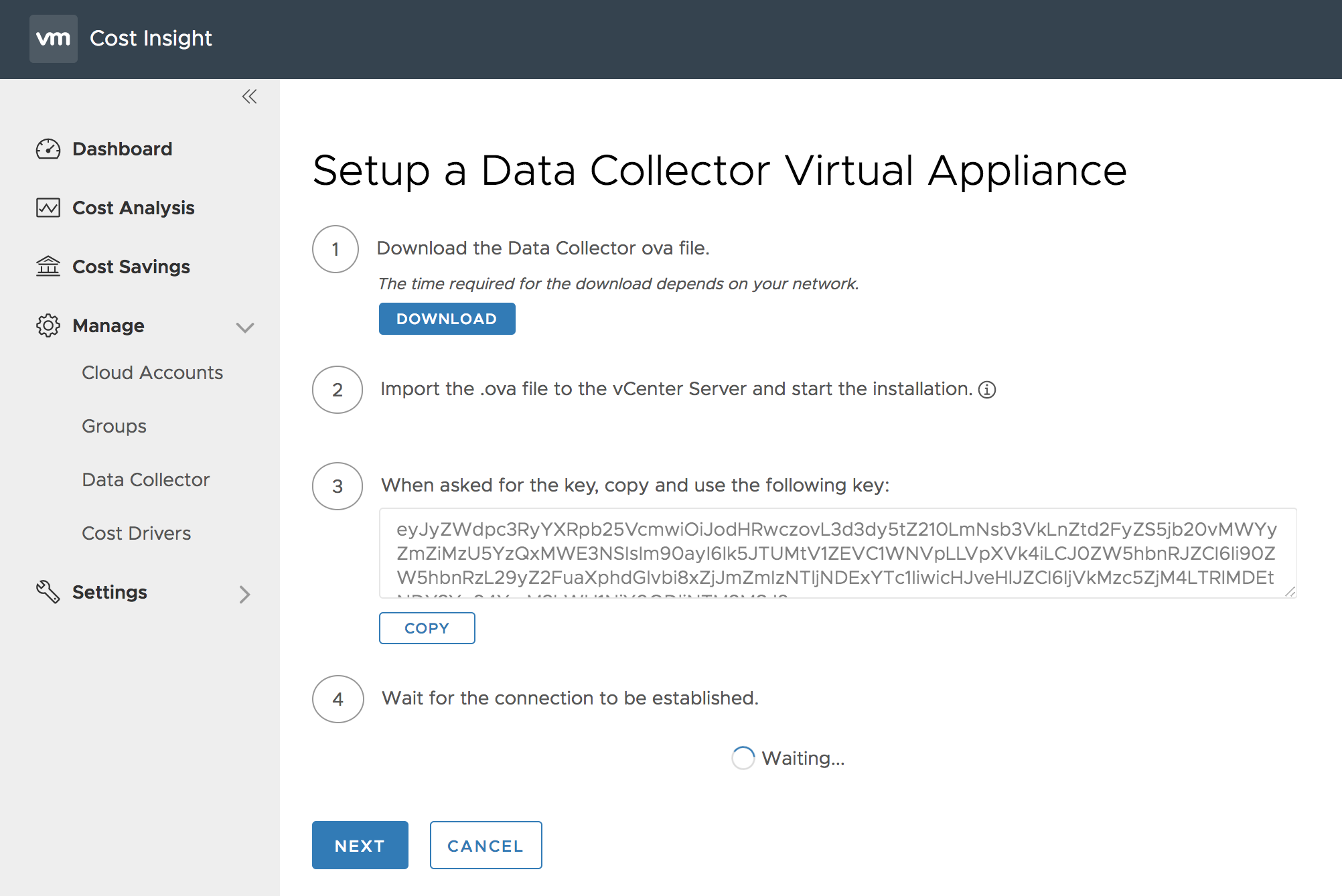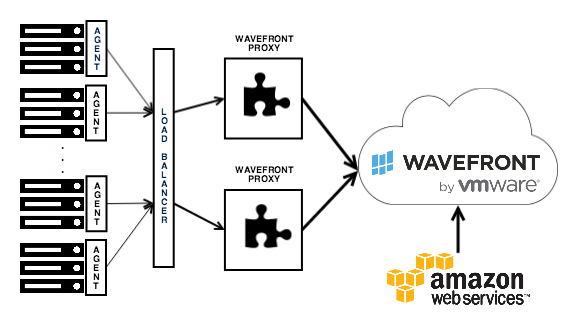Before I deep dive into the different management services available as part of VMware Cloud Services, I would like to talk about data collectors. Read on to learn more!
Before We Begin
As you know, VMware Cloud Services are meant to manage both public and private cloud environments. For this post, I will be focusing on private cloud environments. To monitor private cloud environments using VMware Cloud Services, you need to use data collectors. For the given management services today, three different data collectors exist:
- VMware Cloud Services Data Collector (Cost Insight / Discovery)
- Network Insight Data Collector
- Wavefront Proxy (Data Collector)
Now, you may be wondering why three different collectors. Remember that Network Insight (previously Arkin) and Wavefront were both acquisitions, and both happened within the last year. Hopefully, long-term, the collectors will be converged. Until then, let me walk you through each.
VMware Cloud Services Data Collector
The VMware Cloud Service Data Collector is available from Cost Insight today and supports both Cost Insight and Discovery (both for private cloud).
This data collector is available from the Cost Insight service today from either Manage > Cloud Accounts > vCenter or Manage > Data Collector. From here, you can download the virtual appliance as well as generate the One-Time Key (OTK) required to configure the appliance. Deployment is straightforward and requires entering the OTK as part of the deployment.
WARNING: Since the OTK as entered as part of OVF properties, you cannot use the vSphere HTML 5 client to deploy the virtual appliance as the HTML 5 client does not support OVF properties at this time.
Network Insight Data Collector
In terms of requirements, you need:
- Shared secret
- 4 cores – Reservation 2048 MHz
- 10 GB RAM – Reservation – 5GB
- 150 GB – HDD, Thin provisioned
- Access to the Internet (HTTPS/443)
For more information, see:
- vRealize Network Insight 3.1 Architecture and Scalability
- Setting up vRealize Network Insight Proxy Virtual Appliance (OVA)
Wavefront Proxy
The Wavefront proxy is lightweight and supports various deployment options (not a virtual appliance today). The documentation is quite good so instead of outlining the steps here, I will just link to the documentation:
In terms of requirements, you need:
- Shared secret
- URL to Wavefront
- At least 4 GB of memory
- Access to the Internet (HTTPS/443)
- External load balancer (optional)
It is also worth noting that the Wavefront proxy supports three outbound data formats:
- Wavefront data format
- Graphite data format (plaintext and pickle)
- OpenTSDB data format (Telnet interface and HTTP API (JSON))
© 2018 – 2021, Steve Flanders. All rights reserved.





